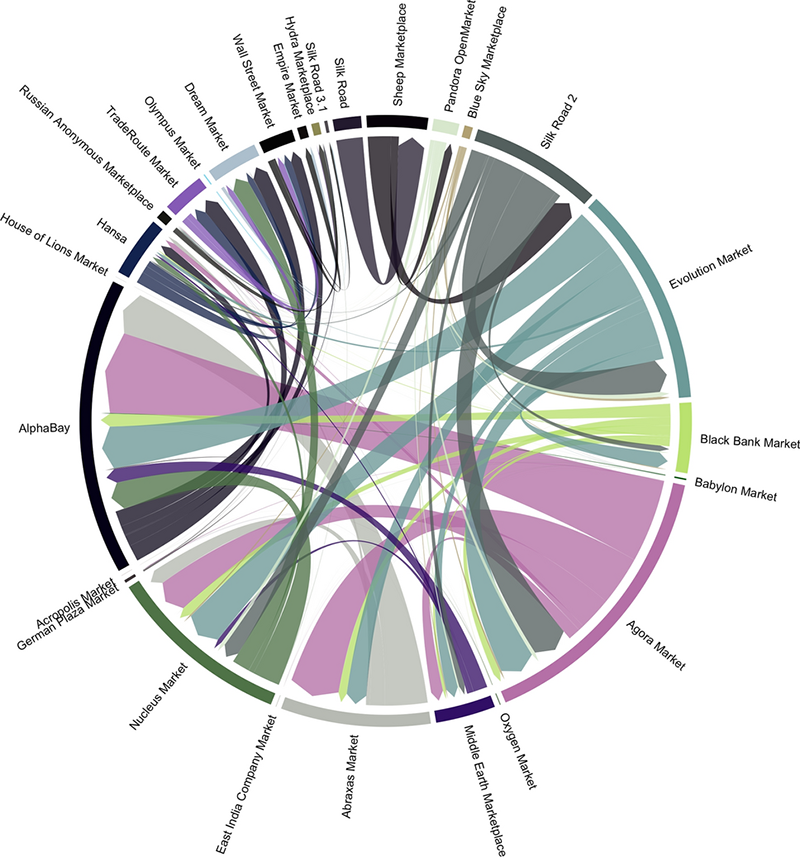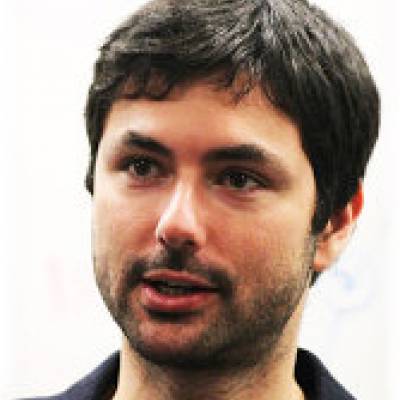The landscape of social media is becoming increasingly fractured. The dark web offers clues as to what happens next
Monday 18 Jan 2021
This week, Donald Trump leaves his post as US President to make way for Joe Biden. The inauguration comes just two weeks after the storming of the US Capitol, after which Twitter announced that it had permanently suspended Donald Trump “due to the risk of further incitement of violence”. Facebook, Instagram, Snapchat and Twitch similarly blocked Trump from posting new content.
Trump’s social media ban was followed by a rush in new users to Parler – a social networking site that markets itself as an unbiased, free speech alternative to mainstream platforms. However, accusations that Parler had been used to orchestrate the Capitol storming led to the platform being removed from the Apple and Google app stores, and from Amazon Web Services, forcing Parler offline.
Soon after, other alternative social media apps such as MeWe and CloudHub rapidly rose up the app store rankings. The big question now is whether users will gradually go back to mainstream platforms like Facebook and Twitter, or disperse into a myriad of smaller, less regulated services. I think that the ‘dark web’ can provide some useful insights.
In the shadows
The dark web is a hidden part of the Internet that’s only accessible through specialised, anonymising web browsers. Illegal activity is rife on the dark web, such as in dark ‘marketplaces’, where users trade goods, mainly using Bitcoin. Silk Road, regarded as the first dark marketplace, launched in 2011 and mostly sold drugs. Shut down by the FBI in 2013, it was followed by tens of dark marketplaces which also traded in weapons, fake IDs and stolen credit cards.
In research carried out with colleagues in the UK, US and Denmark, part-funded by The Alan Turing Institute’s ‘Economic data science’ programme, we looked at what happens after a dark marketplace is shut down by a police raid or an exit scam (where the moderators of a marketplace suddenly close the website and disappear with the users’ funds). We focused on ‘migrating’ users, who move their trading activity to a different marketplace after a closure.
We found that most users (on average, 66%) moved their activity to a single marketplace (typically the one with the highest amount of trading). User migration happened within a few days, possibly coordinated via a discussion forum such as Reddit or Dread, and the overall amount of trading across the marketplaces quickly recovered. So although individual marketplaces can be fragile, with participants regularly making large losses due to scams and shutdowns (just last week, a huge marketplace called DarkMarket was taken offline in an international operation involving the UK’s National Crime Agency), this coordinated user migration guarantees the marketplaces’ overall resilience, so that new ones continue to flourish.
This has striking parallels with what’s currently happening on social media.

User migrations following dark marketplace closures. The arrow points in the direction of migration, and the arrow width represents the number of users. Marketplaces are ordered clockwise according to their closure dates, starting from Silk Road (diagram: ElBahrawy et al., 2020)
The fractured web
Just as Silk Road was pivotal in sparking illicit online trade, Facebook and Twitter were the seeds of social networking. They enabled faraway individuals with shared interests to meet and start a conversation. Their centralised nature was a key feature. Users were able to discover communities that they did not know they belonged to: crowds of like-minded souls available to communicate with 24/7.
But we are now witnessing the evolution of a new, more fragmented social media ecosystem. When one platform – however big – experiences censorship or a shutdown, users are quick to coordinate their migration to another platform.
In the dark web, after a closure, users tend to migrate to the same place. The same is true of the social web, with user migration driven by like-mindedness on specific themes, chiefly politics. We are familiar with echo chambers developing within one platform, where users are presented with content and opinions that agree with and reinforce their own belief systems. Soon, we might see these echo chambers each developing their own, individual platform.
What does all this mean for social giants such as Facebook and Twitter? Our research has shown that dark web communities have a remarkable resilience, even when threatened with frequent shutdowns. If the same is true of the emerging constellation of alternative social networks, then we might see a shift in power away from the bigger platforms as they lose users permanently to the smaller ones. The increasing number of platforms, and the ability of users to coordinate mass migrations, will make it harder than ever for regulators to keep track of the content being posted online. What this will mean for the influence of controversial users such as Trump remains to be seen.
Reference: ElBahrawy, A., Alessandretti, L., Rusnac, L. et al. (2020). Collective dynamics of dark web marketplaces. Scientific Reports 10, 18827.
Filed under
New researchOpinion
Related programmes
Finance and economics
Authors
Dr Andrea Baronchelli
New researchOpinion
Related programmes
Finance and economics
Authors
Dr Andrea Baronchelli
Visiting Researcher

No comments:
Post a Comment